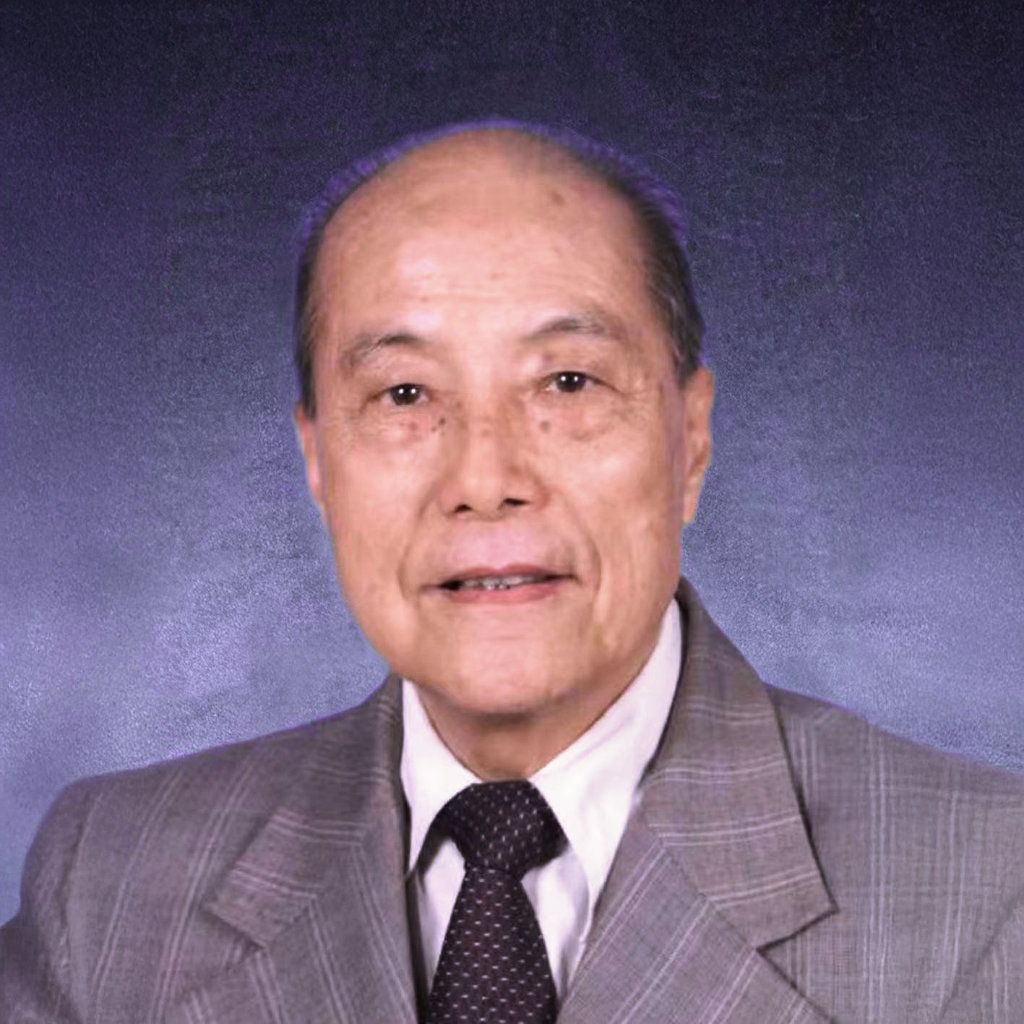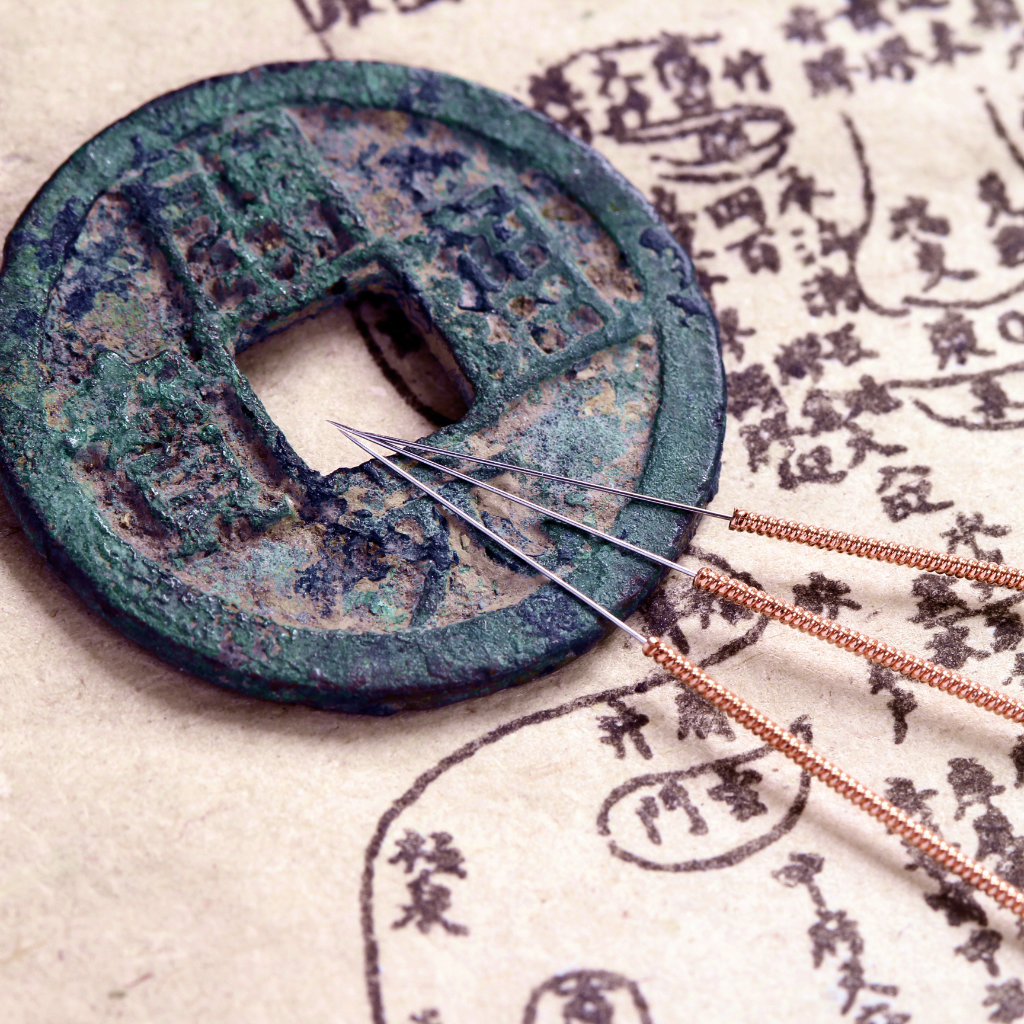
Developed by Professor Jin Rui at Guangzhou University of Chinese Medicine, Jin’s Three Needles is a signature Lingnan-style acupuncture method known for its simplicity, precision, and powerful results.
With over 50 years of clinical refinement, Professor Jin created targeted three-needle combinations that deliver rapid relief for a wide range of conditions, from chronic fatigue to neurological disorders like Parkinson’s and post-stroke anxiety.
Jin's Three Needle Therapy, developed by Professor Jin Rui (1932–2010) at Guangzhou University of Chinese Medicine, is a renowned acupuncture technique originating from South China’s Lingnan region. This innovative approach is celebrated for its simplicity, efficacy, and wide applicability in treating various conditions.
With over 50 years of clinical experience, Professor Jin crafted precise acupoint combinations, designed to address a range of health issues, from chronic fatigue syndrome to neurological disorders like Parkinson’s disease and post-stroke anxiety. The therapy emphasizes the use of three key needles to achieve rapid and effective results, often within just a few sessions.

Dr. Jin believed that true acupuncture lies in precision, not quantity. Decades of clinical research confirmed that three thoughtfully-chosen points can achieve powerful, lasting results across a wide range of conditions.
Beyond technique, the number three holds deep symbolic meaning. In the Bagua system, it aligns with the eastern direction and the wood element, representing the source of growth and flowing qi. Each set of three needles embodies this continuous movement of life energy, guiding healing from within.
Dr. Jin follows the traditional principle that acupuncture should not involve excessive needling. Through extensive empirical practice and large-scale clinical studies with statistical analysis, he concluded that three points are often sufficient to effectively treat a wide range of conditions.
The choice of three needles also carries symbolic meaning. In the Bagua system, the number three corresponds to the eastern direction and the element of wood. Wood is associated with shaoyang, which generates qi—unceasing and ever-flowing. Thus, the use of three needles represents the infinite, continuous birth and expansion of qi.
Dr. Jin Rui’s acupuncture method is characterized by precision, intention, and a strong emphasis on practitioner–patient interaction. His approach to needle insertion, manipulation, and withdrawal reflects a commitment to traditional techniques that enhance therapeutic effectiveness while minimizing discomfort and side effects.
Dr. Jin Rui practices a slow, deliberate insertion technique, directing his yi nian (intention) precisely toward each point. This mindful approach focuses the flow of qi, enhances the de qi sensation, and allows for exceptional accuracy in point location. Compared to the rapid “flying needle” technique, Dr. Jin believes that this controlled, focused needling style supports more targeted clinical outcomes.
Dr. Jin relies exclusively on manual needle manipulation. Every 10 minutes, he stimulates the needles by rotating them clockwise and counterclockwise three to five times. He believes this hands-on method fosters a deeper therapeutic response, as both practitioner and patient stay fully engaged in the treatment process. While he acknowledges that electro-acupuncture offers consistent stimulation, convenience, and research applicability, he does not incorporate it into his practice. In his view, acupuncture is fundamentally a form of communication—something best achieved through direct, manual interaction.
Dr. Jin exclusively uses manual needle manipulation, rotating the needles every 10 minutes, three to five times in each direction. He believes this hands-on approach deepens the therapeutic effect by keeping both practitioner and patient engaged. Though he recognizes the benefits of electro-acupuncture, he considers acupuncture a form of communication best achieved through direct manual techniques.
To minimize post-treatment swelling, which is especially common when using scalp points in children, Dr. Jin withdraws the needle at the same angle as the insertion angle and immediately applies firm pressure to the site after needle removal. This technique helps prevent bleeding and reduces the likelihood of localized swelling.